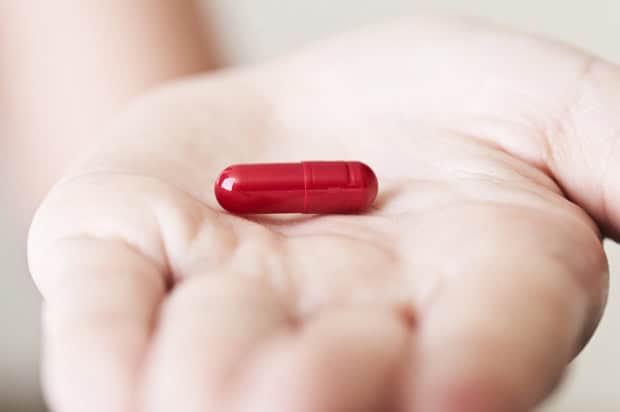Los Angeles: Painkillers and antidepressants may work differently in men and women as the potential therapeutics are rarely tested in females, a new study has claimed.
Hormones and other variables make a difference in how potential therapeutics behave, and both males and females must be accounted for in trials to move medical advances forward, researchers said.
“Right now, when you go to the doctor and you are given a prescription, it might not ever have been specifically tested in females,” said Deborah J Clegg from Cedars-Sinai Hospital in the US.
“Almost all basic research – regardless of whether it involves rodent models, dogs, or humans – is predominately done in males. The majority of research is done with the assumption that men and women are biologically the same,” said Clegg.
One reason females are excluded from studies, she said, is that across the menstrual cycle there are fluctuations in hormones such as estrogens and progesterone, in essence creating a different hormonal milieu or profile depending on the phase of cycle, which may potentially impact the research.
Often overlooked in male-only studies, these sex hormones are implicated in all biological processes, including sensitivity to fatty acids, or the ability to metabolise simple sugars, she said.
These differences have implications for all clinical trials, whether they are testing the effects of a drug or a bodys ability to tolerate an organ transplant.
“It is important to remember that chromosomal differences also exist between the sexes,” said Clegg.
There is little research examining whether drugs behave differently in the presence of an XX chromosome as opposed to an XY chromosome.
Even genome-wide studies often do not take chromosomes into account, even though sex chromosomes are an integral piece of an individuals genomic makeup.
“It would be great if there were drugs that were specifically tested and dosed based on sex,” said Clegg.
“With the goal of personalised medicine, it is important to begin to address and focus on sex as a biological variable,” she said.
The findings were published in the journal Cell Metabolism. PTI

